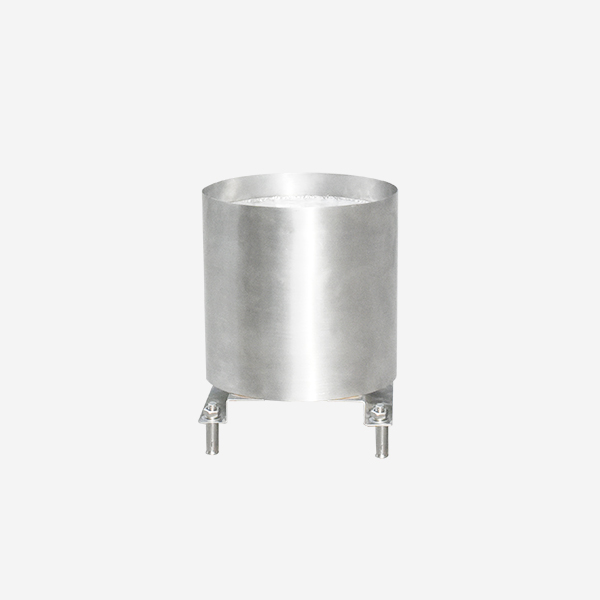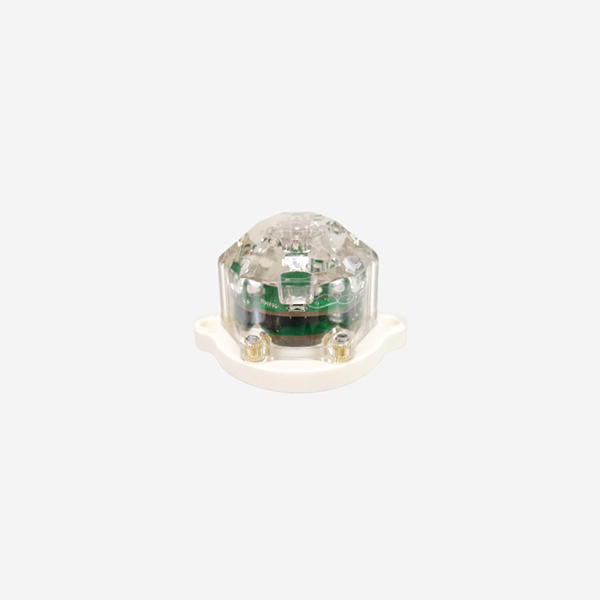What is a rain gauge
A rain gauge is a meteorological instrument used to measure the amount of precipitation in liquid form in a specific area over a predetermined period of time. It is commonly used as part of weather stations to measure current and future weather conditions, monitor water cycles, and improve forecasting models.
Also known as udometers and pluviometers, rain gauges are considered to be one of the oldest meteorological instruments ever invented and widely used.
To understand how a rain gauge works, one needs to look at the different types of devices for measuring rainfall and examine the unique way in which each one works.
The Different Types Of Rain Gauges
If you look at different rain gauges closely, you will notice that the majority of them work on the same basic principle. The rain falls into a cylindrical funnel that collects the water, which runs down into different measuring mechanisms.
These different mechanisms and methods of collecting and measuring the rainfall make each rain gauge different. There are mainly 2 types of rain gauges:
1, Tipping Bucket Rain Gauge
Tipping Bucket Rainfall Gauge
The tipping bucket rain gauge is an automated rain meter that uses a “tipping bucket” mechanism to measure rainfall. It is used by professional weather services’ remote weather stations and is also popular and widely used in home weather stations.
Like a standard rain gauge, it uses a collector funnel with a narrow pipe at the bottom to capture rainfall. From the pipe, the water drops onto a finely-balanced seesaw device with small buckets on each side.
At any point, one of the buckets is positioned directly under the pipe. When enough water collects in the bucket, its weight makes it drops to the bottom and empties itself while lifting the opposite bucket into position under the pipe.

This process keeps repeating as rainwater continues to flow through the funnel onto the buckets. Each time a bucket drops to the bottom, it triggers an electronic switch. In turn, the switch sends a wireless or landline signal to a base station.
Each signal represents a specific amount of rain that has been set up and calibrated in the tipping bucket mechanism. By counting each signal and adding it up, weather stations can calculate the rainfall over any given period.
As the water flows out of each bucket, it drains through predesigned openings in the rain gauge, meaning there is no need for anyone to maintain the system. This advantage makes it ideal for use in remote weather stations, which is also hard to reach.
2, Optical Rain Gauge
An optical rain gauge consists of a laser/infrared diode and photosensitive sensor situated in enclosed spaces on opposites sides and below a row of funnels that receive rainfall.
Each funnel has a small opening at the bottom through which raindrop forms when enough precipitation accumulates inside the container. Once the waterdrop grows large enough, it falls from the funnel and through the space between the laser diode and photosensor.
As the drop falls through the beam of light, it scatters it enough for the photosensor to detect and measure it. These measurements are recorded and send through a landline or wireless connection to the base weather station.

Optical rain sensors have the advantage of not only measuring the amount of rainfall but also the intensity and frequency of the rain through precise detection by the photosensitive detector.
Conclusion
This article focused on what precisely a rain gauge is and also examined the different types of rain measuring devices and how they work in different environments to make accurate precipitation measurements.
you are in point of fact a just right webmaster.
The site loading pace is amazing. It sort of feels
that you are doing any unique trick. In addition, The contents are masterwork.
you have performed a magnificent job on this topic!